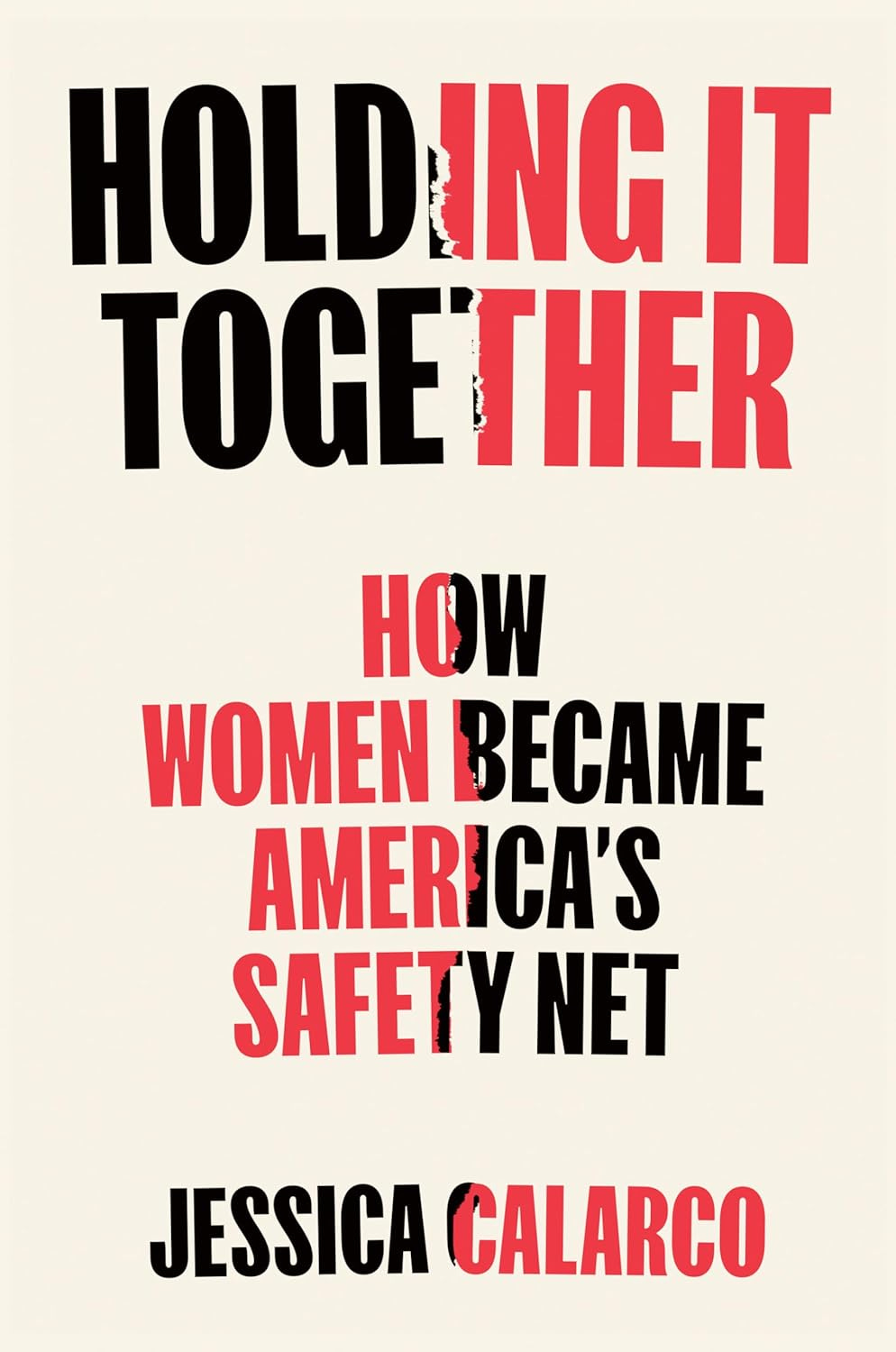Jessica Calarco’s new book, Holding It Together: How Women Became America's Safety Net contains so many lightbulb moments that when you read it, you’ll feel like you’re sitting under a flashing neon sign.
Here’s one: “Other countries have social safety nets. The U.S. has women.” Did you see that flash of light?
Here’s another: “America runs on …
Keep reading with a 7-day free trial
Subscribe to Untrickled to keep reading this post and get 7 days of free access to the full post archives.





